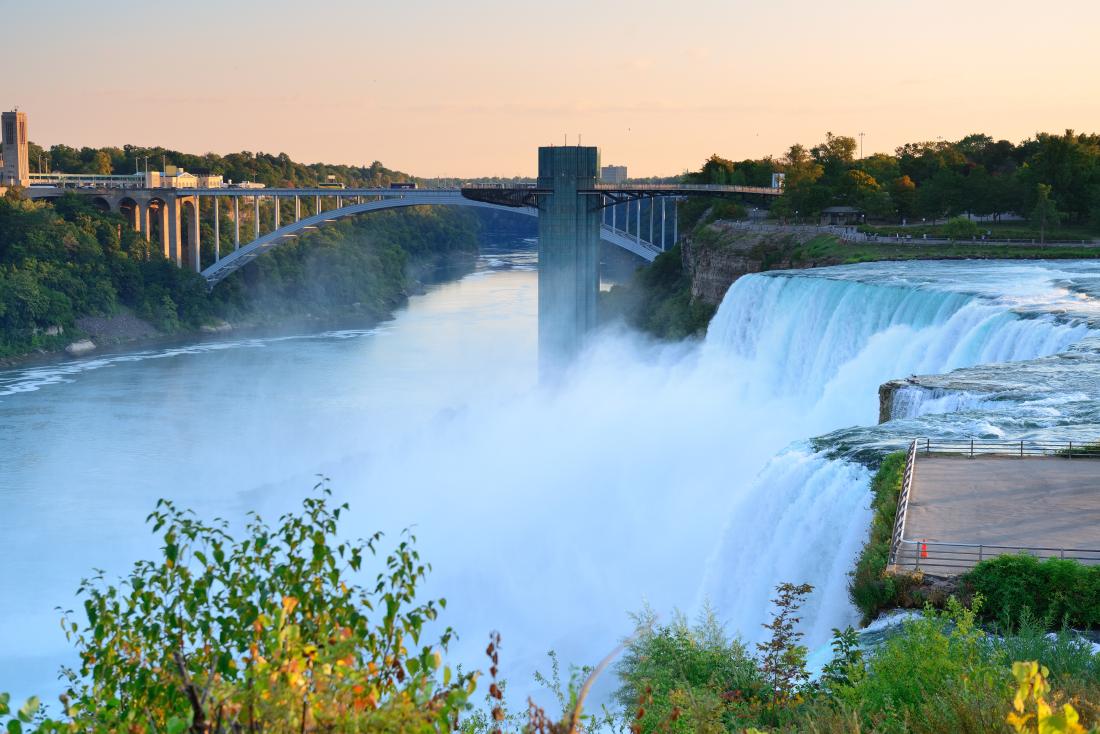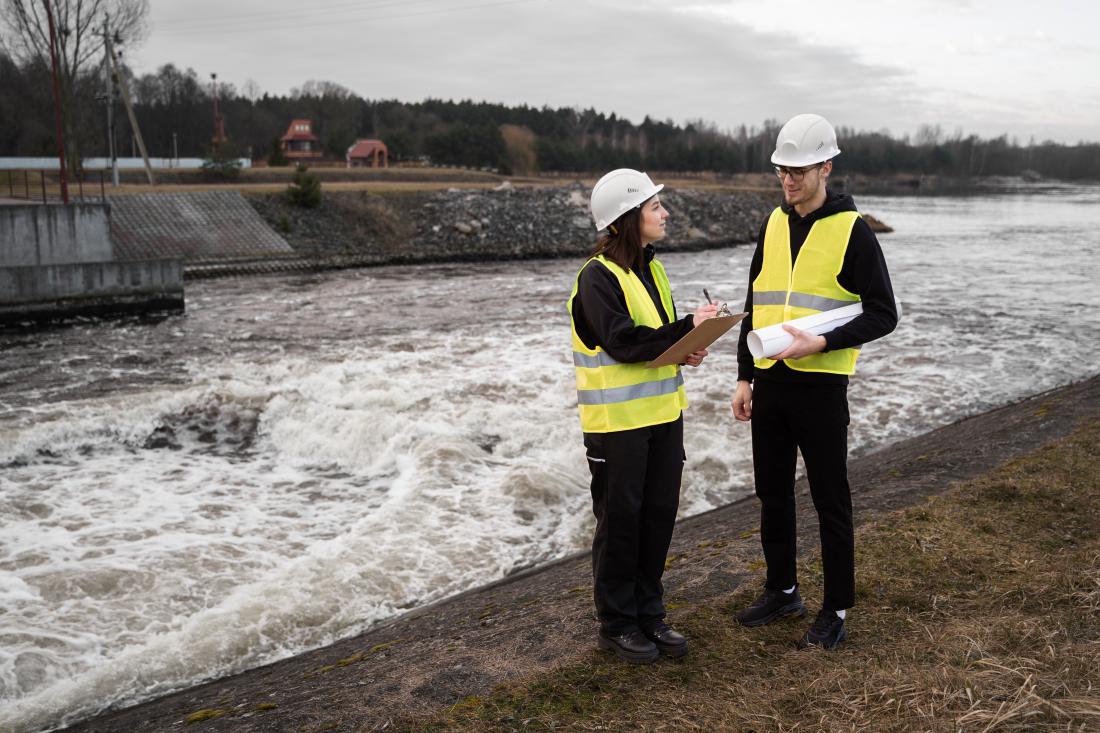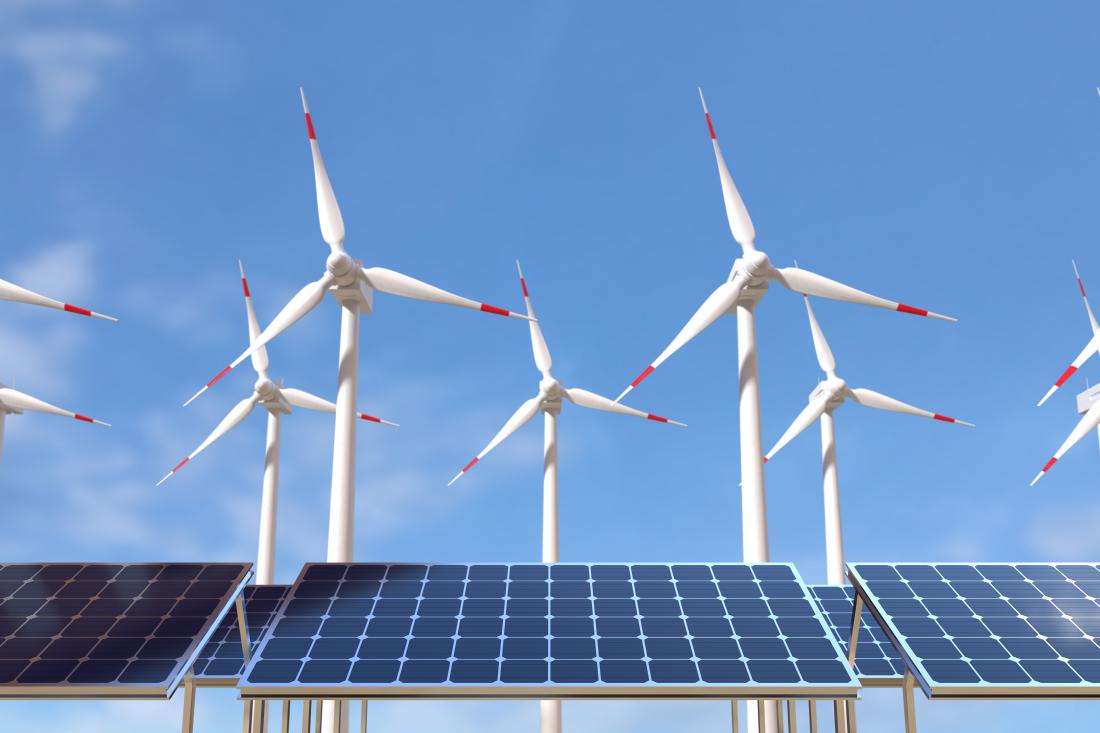The Wonders of Hydroelectric Power
Hydro Power
Jan 29 2024
Hydroelectric power, derived from the force of flowing water, has long been recognized as a sustainable and reliable source of renewable energy. This clean energy solution has played a crucial role in the global energy landscape, providing electricity to millions of people worldwide while significantly reducing greenhouse gas emissions. In this article, we will explore the fascinating world of hydroelectric power, its benefits, challenges, and its promising future.
Understanding Hydroelectric Power
Hydroelectric power, also known as hydropower, refers to the generation of electricity using the gravitational force of falling or flowing water. The energy of moving water is harnessed and converted into electrical energy through the use of turbines and generators. Hydroelectric power plants utilize the natural flow of rivers, dams, and reservoirs to capture this potential energy, transforming it into a valuable and sustainable source of electricity.Benefits of Hydroelectric Power
Renewable and Clean: Hydroelectric power is a renewable energy source, as water cycles naturally through the Earth's ecosystem. Unlike fossil fuels, it does not deplete natural resources and does not produce harmful greenhouse gas emissions during operation, making it an environmentally friendly choice.Reliable and Stable
Hydroelectric power offers a dependable source of electricity since water flow can be regulated to match the demand for energy. Hydroelectric plants can rapidly respond to fluctuations in demand, making them suitable for base-load power and grid stabilization, reducing the reliance on non-renewable energy sources.Cost-Effective
Although the initial capital investment in building hydroelectric plants can be substantial, the operating and maintenance costs are relatively low compared to other forms of energy generation. Once constructed, hydroelectric facilities have a long lifespan and can provide electricity for several decades with minimal operational expenses.Water Management
Hydroelectric power plants help manage water resources by regulating water flow, preventing floods, and supplying water for irrigation and human consumption. Dams and reservoirs created for hydropower generation also act as multipurpose water management systems, offering flood control, recreational opportunities, and wildlife habitats.Challenges and Considerations
While hydroelectric power offers numerous advantages, it is essential to address some of the challenges associated with its implementation.Environmental Impact: The construction of large-scale hydroelectric projects can lead to ecological disruptions, including habitat alteration and species displacement. Dams may impede fish migration routes and alter the natural flow patterns of rivers, affecting downstream ecosystems. However, modern design approaches and environmental assessments aim to mitigate these impacts and promote sustainable hydroelectric projects.
Land and Community Displacement: The creation of reservoirs often requires the flooding of large areas, resulting in the displacement of local communities and loss of land for agricultural and cultural purposes. Careful planning, community engagement, and fair compensation are crucial in minimizing the social impact of hydroelectric projects.
Limited Geographical Suitability: Hydroelectric power relies on water availability and suitable topography, limiting its implementation to specific geographical regions. Not all locations possess the necessary water resources or terrain to support large-scale hydroelectric projects.
The Future of Hydroelectric Power
Hydroelectric power has a promising future in the global pursuit of sustainable energy systems. Advancements in technology, such as run-of-river hydroelectric plants and small-scale installations, are making it more accessible and less environmentally intrusive. Additionally, innovations like underwater turbines and tidal power systems are expanding the potential for harnessing the power of oceans and rivers.Furthermore, the integration of hydroelectric power with other renewable energy sources, such as solar and wind, in hybrid power systems can enhance grid stability and reliability. The development of energy storage solutions, like pumped-storage hydroelectricity, enables the efficient storage and utilization of excess energy during low-demand periods.
Conclusion
Hydropower has proven to be a remarkable and sustainable energy solution, providing clean electricity while minimizing the impact on the environment. Its benefits, including renewable and clean energy generation, reliability, cost-effectiveness, and water management, make it a compelling choice for meeting the world's growing energy needs.However, it is crucial to address the environmental and social challenges associated with large-scale hydroelectric projects, such as habitat disruption and community displacement. By employing careful planning, utilizing modern design approaches, and incorporating stakeholder engagement, we can strive for sustainable hydroelectric development that minimizes adverse effects.
Looking ahead, the future of hydroelectric power is bright. Ongoing advancements in technology, increased focus on smaller-scale installations, and the exploration of new frontiers like tidal and underwater hydroelectric systems will contribute to its continued growth. Moreover, the integration of hydroelectric power with other renewable sources and the development of energy storage solutions will enhance its reliability and efficiency.
As we navigate the transition to a more sustainable energy landscape, hydroelectric power stands as a testament to humanity's ability to harness the power of nature for the greater good. By embracing this clean and renewable energy source, we can pave the way for a greener and more prosperous future.
Photo credit: Media from Freepik


